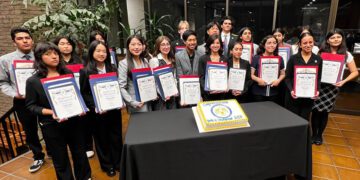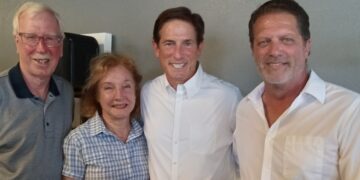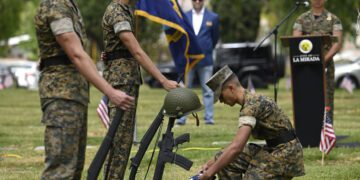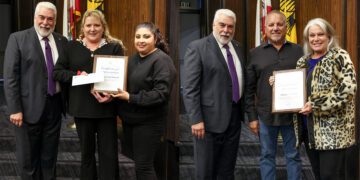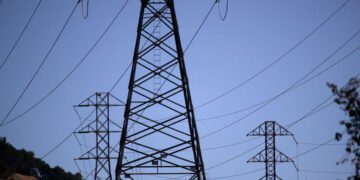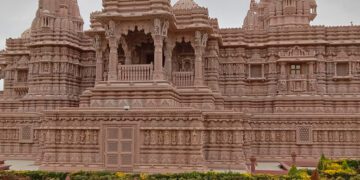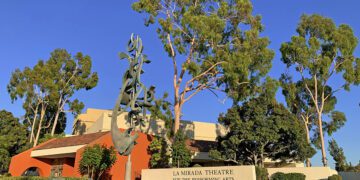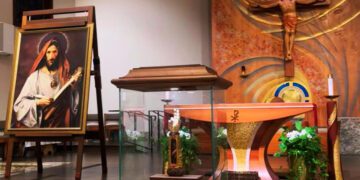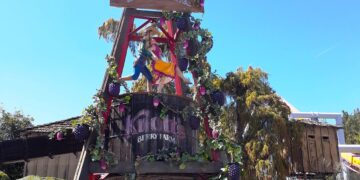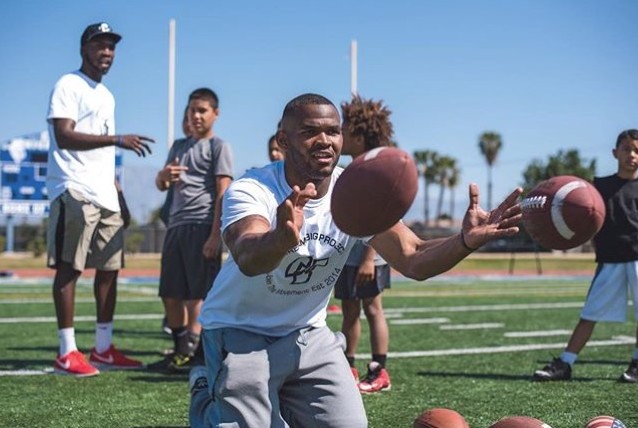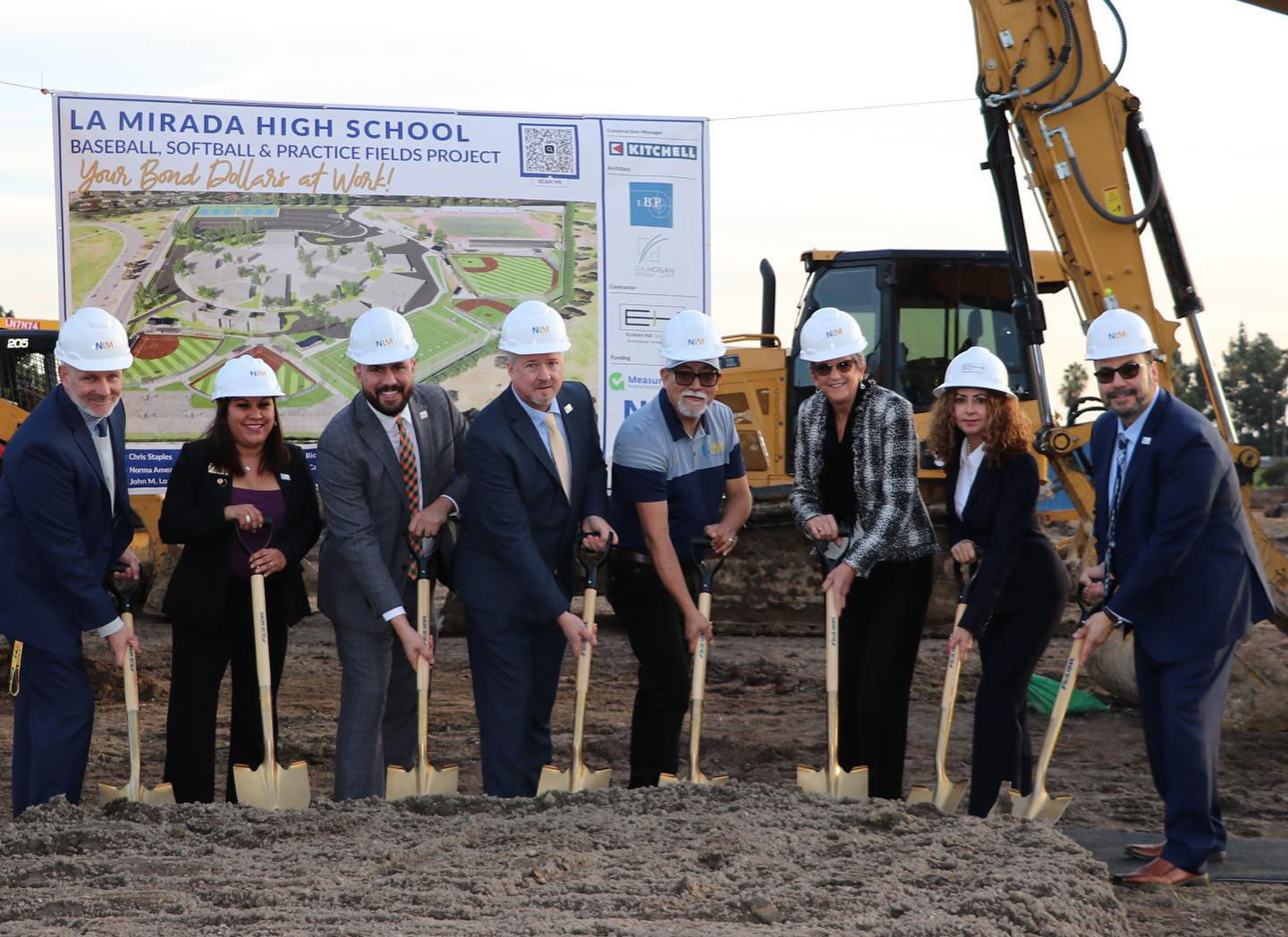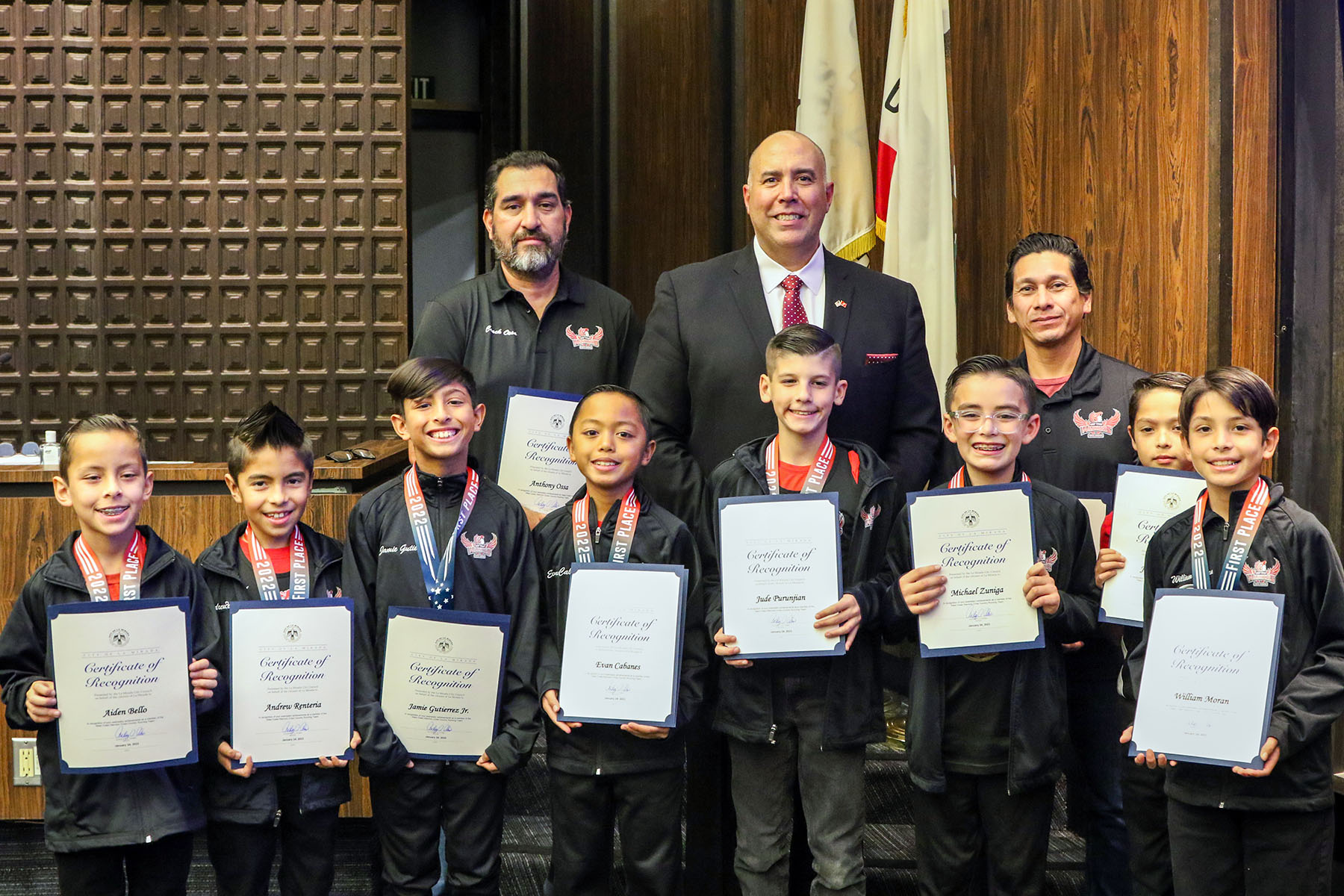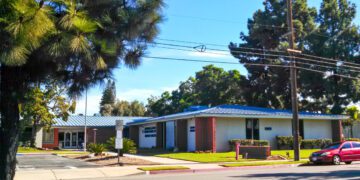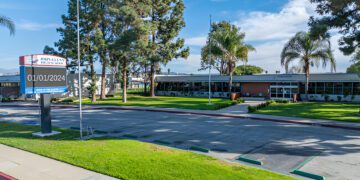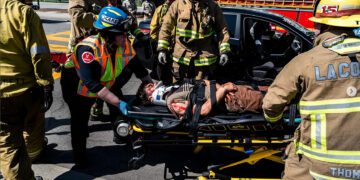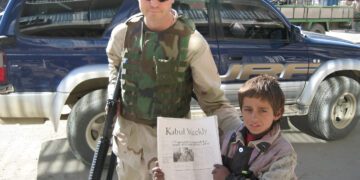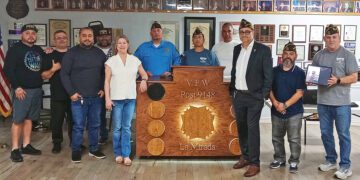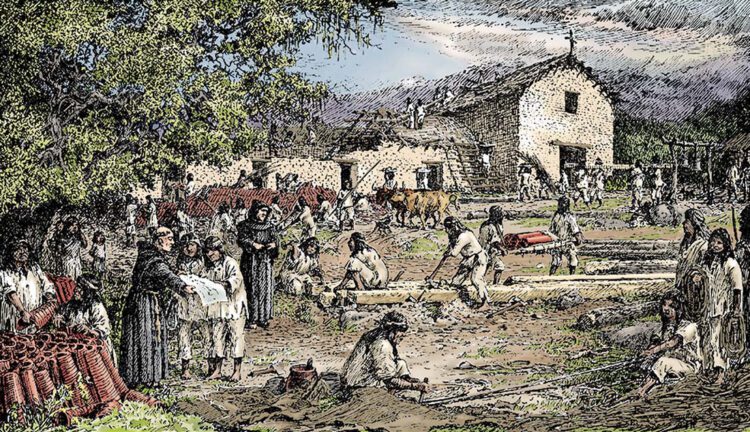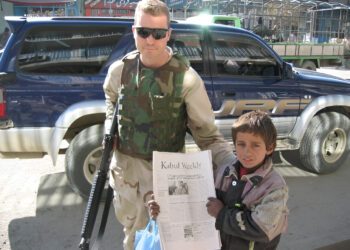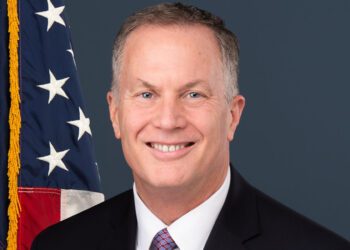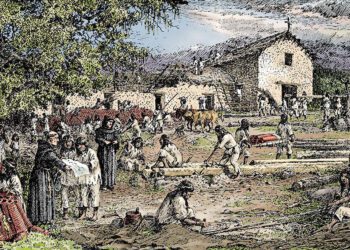La Mirada has been host to Mammoths, Sabre-tooth tigers, dire wolves, and other extinct creatures for millennia. Prior to the first European contact by Spain with California, the Tongva-Gabrielino Native American tribe inhabited the Hills of La Mirada for over 7000 years. The tribe gets its name from the Tongva themselves (also known as the “Kizh” Tribe). The term “Gabrielinos” was used by the Spanish when they used the tribe as slave labor for the building of the Mission at San Gabriel Arcangel – thus “Gabrielinos” was the common term used for the tribe.
The Gabrielino-Tongva (hereafter “Tongva”) tribe has been indigenous to the Los Angeles Basin for over 7000 years as found in over 2800 archeological site throughout the area. The name “Tongva” means “people of the earth” which is the most accepted original name used by the Tribe themselves. For most of their history, the Tongva were not one tribe but different tribes that shared the same language, culture, and traditions, so they were combined into one tribe after the Europeans came to town in 1542.
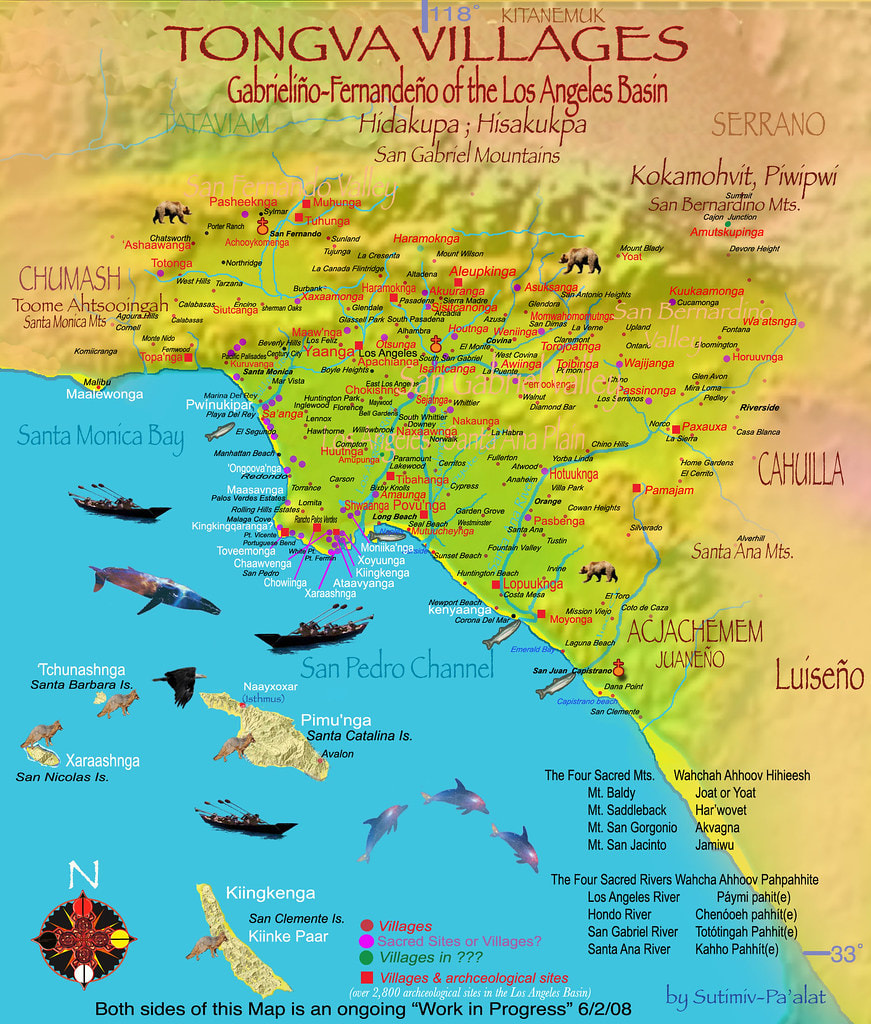
First Contact with Europeans / Spain
It was October 8, 1542, when Iberian explorer and Captain Juan Rodriguez Cabrillo, hired by Spain to explore Alta California, noted in his log his description of the “Bay of Smokes” (today’s San Pedro Bay) that he encountered the Tongva who greeted him in a canoe at Catalina Island. Cabrillo named it Baya de los Fumos because of the many smoke fires he saw there as the indigenous people smoked their fish for preservation.
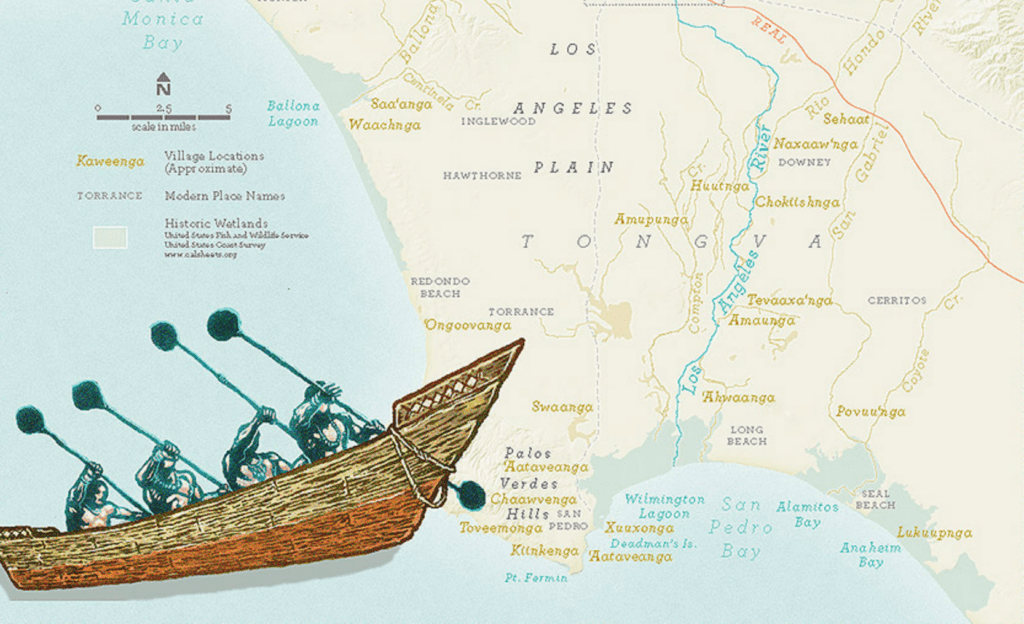
March Through the Hills of La Mirada
Since the Spanish were unable to find any gold in their first expedition, they delayed any further exploration of Alta California. Over two hundred years later, in 1769, Spanish Officer Gaspar de Portolá y Rovira, along with Father Junipero Serra, the Franciscan priest, set out from San Diego and encountered the Tongva along the way to San Francisco Bay in the Los Angeles basin area. On July 29-30 the Spanish contingent marched thru California and reached the site of present-day Fullerton. The notes of the expedition state they went northwest up to La Puente. The expedition likely crossed through La Mirada and then into the Puente Hills through La Habra (Near North Harbor Boulevard). They moved north-west to the San Gabriel River where they built a bridge to cross over. This bridge (Named ‘La Puente’ from the notes i.e. the Bridge) is remembered in the name of today’s nearby city of the same name.
Portola arrived in what is now Los Angeles and camped near Yaang’na (the Tongva term for a large village in Los Angeles meaning “place of the poison oak” or Tovaangar for the entire basin of Los Angeles) where they refilled their water from the local Tongva springs which still survive to this day (as the Kuruvugna Springs at the University High School on Barrington Avenue). The following day, they marched out on the Indian trail that would one day become Wilshire Boulevard to the present site of Santa Monica and up through the Bay area. The general route of travel they took is now known as “El Camino Real” (The King’s Highway or Highway 101) which still bears the same name as marked in various areas in California with a mission bell on the sign. El Camino Real is the 600-mile road that connects all 21 Spanish Missions and 4 presidios in California. The footpaths of the Tongva were many by this time after thousands of years of use, and especially up through Sepulveda Canyon, which was the path used by Portola on his expedition, which eventually became the 405 freeway after it was widened by two wheat barons, Lankershim and Van Nuys, around the year 1875 for use as a route to Santa Monica for shipment of wheat. Some of the areas visited by the Portola expedition retain the Tongva names such as Azusa, Cahuenga, Rancho Cucamonga, and Topanga (Topaa’nga) meaning “where the mountains meet the sea”.
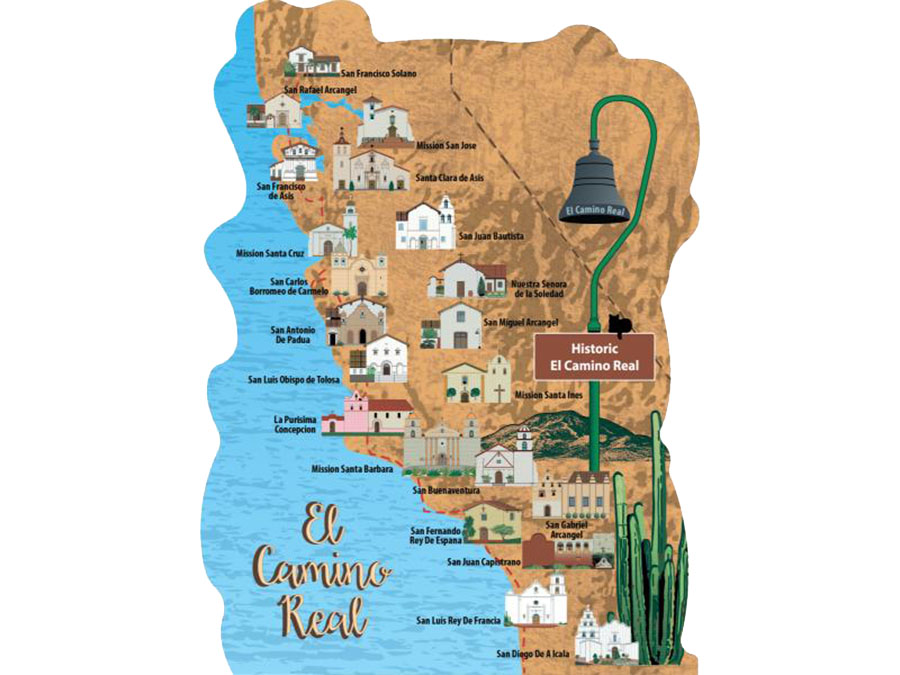
The Gabrielinos Named After the San Gabriel Mission
It wasn’t until 1771, when the Spanish turned against the Tongva by using them as the slave labor force to build the Mission de San Gabriel Arcángel, giving the Tongva tribe the name of “Gabrieleño” or “Gabrielinos” named after the mission which they helped to build, which is still available for visit today. The Mission life was hard for the Tongva which is captured in various depictions by Alexander Francis Harmer. (See others at https://www.missionscalifornia.com/galleries/alexander-harmer-colorized/)
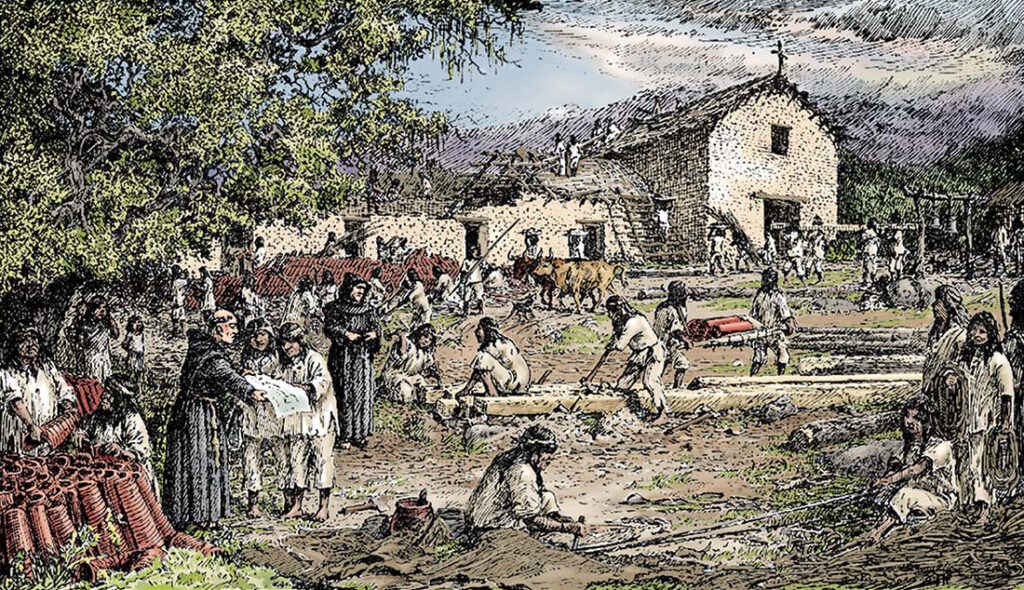
The Tongva lived all throughout the Los Angeles Basin, in La Mirada, and down to North Orange County and on Catalina and San Clemente islands. The map included here was taken from Native-Land.ca and shows where the Tongva were located throughout the area of La Mirada, up through near the neighboring northern Chumash Indian Tribe near Malibu.
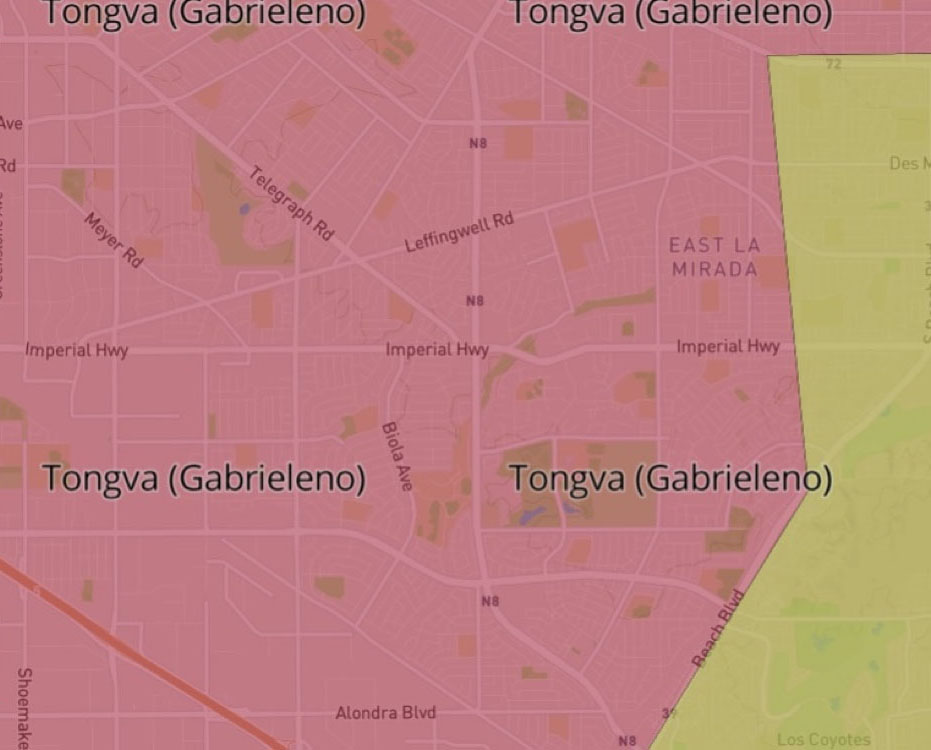
Tongva Land Ceded to US after Mexican-American War
In 1848, California was ceded to the United States following the Mexican-American War. California was admitted as a state to the US in 1850. The California Gold Rush of the 1850’s saw thousands of new people enter California to settle the area. The US government signed 18 treaties with the local native tribes between 1851 and 1852 promising 8.5 million acres of land for reservations for the various tribes in the area. However, these treaties were never ratified by the US Senate. The US had negotiated with people who did not represent the Tongva and had no authority to cede their land.
Tongvan Tribal Land Ceded to the United States in Treaty with Mexico
The map of the ceding of parcel 308 to California from various Indian tribes in promise of a reservation, attached here, which included La Mirada, was made with other Indian tribes in the area. (e.g the Agua Caliente Band of Cahuilla Indians of the Agua Caliente Indian Reservation, California. The Cahuilla Band of Mission Indians of the Cahuilla Reservation, California and La Jolla Band of Luiseno Mission Indians of the La Jolla Reservation, California. See Royce’s Schedule of Indian Land Cessions (Jan. 5, 1852). The Tongvan Tribe is not federally recognized. This means that the Tongva Tribe does not have any reservations in the area or land of their own. Many tribal members still reside in the Los Angeles area. There were many court cases regarding the land of the Tongva Tribe – but that would take a separate article to cover the issues.
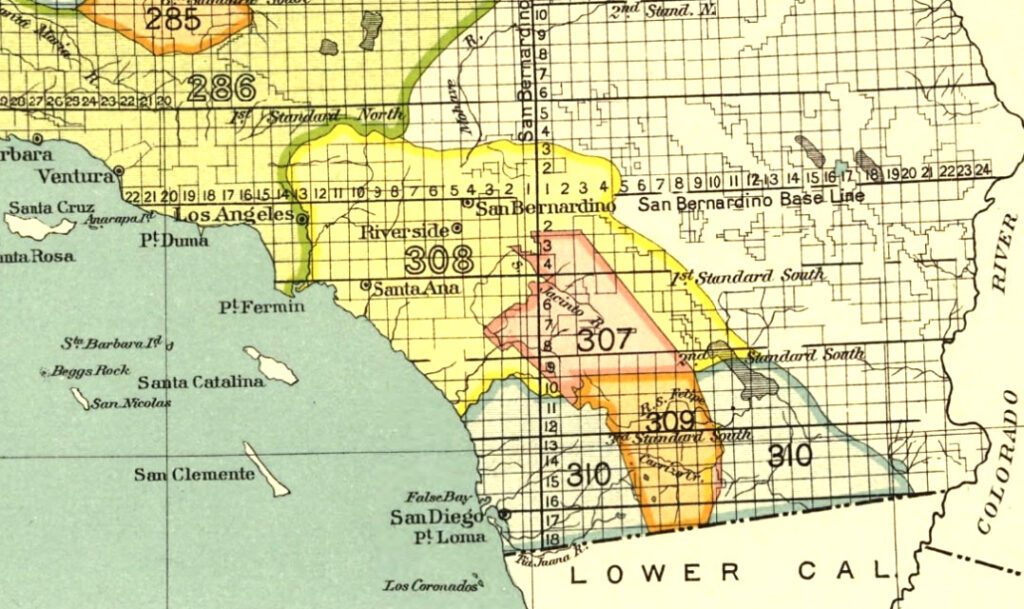
The Tongvans lived in huts called “kiches” in the area of La Mirada. See photo of a typical kiche. There is a small Tongvan Kiche and other Tongvan items at an exhibit in Santa Fe Springs Heritage Park. The Tongva lived in these dome-shaped dwellings throughout area. The frames were made of willow branches and covered with mats made with reeds, grasses, or animal hides. The Tongvan population around the time the San Gabriel mission was established was about 5,000. By 1910 the population of Tongva was 11. As of today, there are about 2500 members of the tribe.

The Tongva Language
The original language of the Tongva is now extinct. The Tongva language (also known as Gabrielino or Gabrieleño) is an extinct Uto-Aztecan language formerly spoken by the Tongva. The last fluent native speakers of Tongva lived in the early 20th century. There are some efforts to revive the language. This lack of a spoken language is one reason the tribe is not federally recognized.
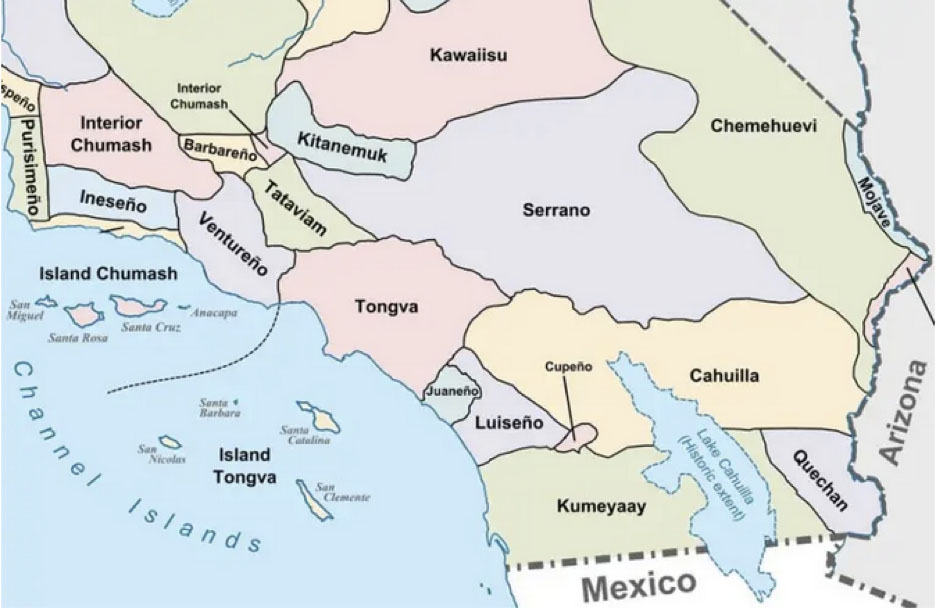
Arrowheads In and Near La Mirada
Many residents have found arrowheads used by the Tongva to hunt game in the local La Mirada area. Some of these were abundant near “motorcycle hill.” Some of the burial grounds of the Tongva found by archaeologists are not all public in order to deter souvenir hunters in the area. Some burial grounds were found by developers and moved to different locations. But you can be sure that the local Indian tribe known as the Gabrielinos-Tongva once thrived in La Mirada, met the Spanish explorers, the Padres of the Spanish Missions, and roamed the hills of this great city now known as La Mirada. Perhaps you may still find an arrowhead or two if you roam through the hills in and near La Mirada.
By JOHN LEWIS

